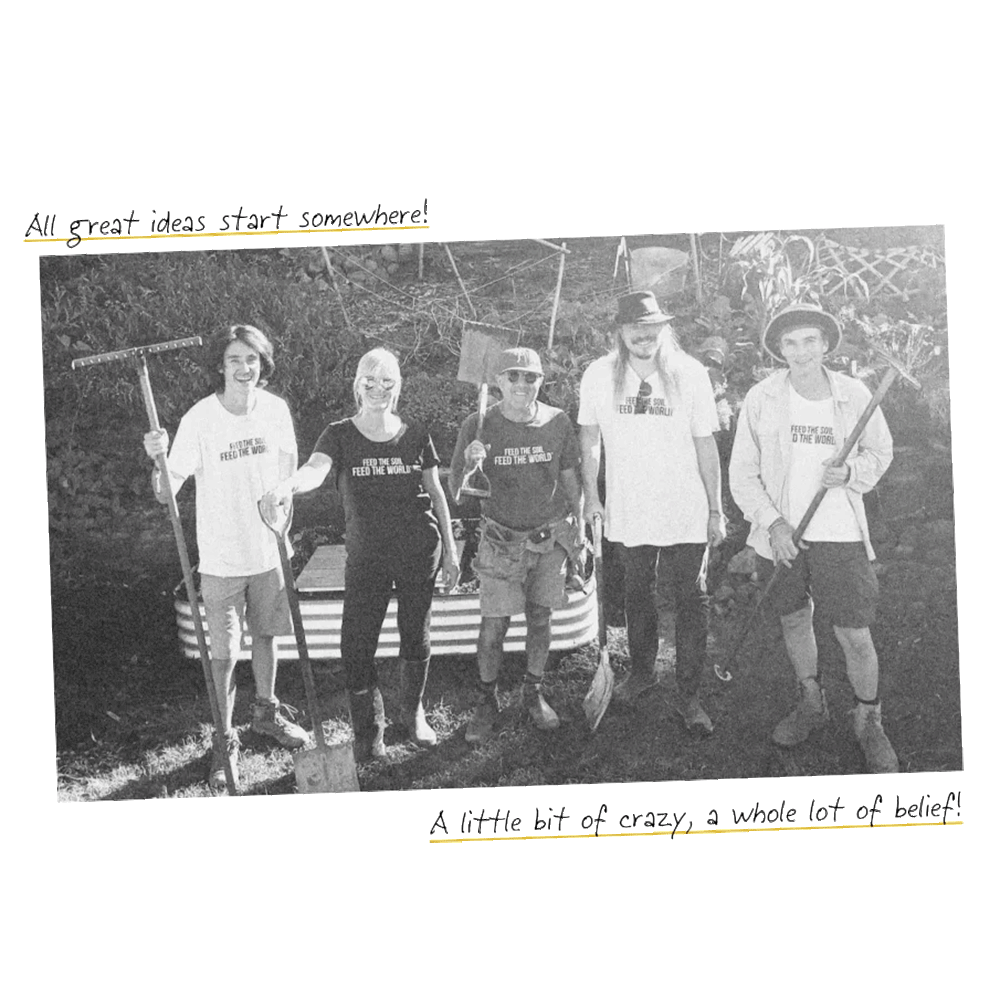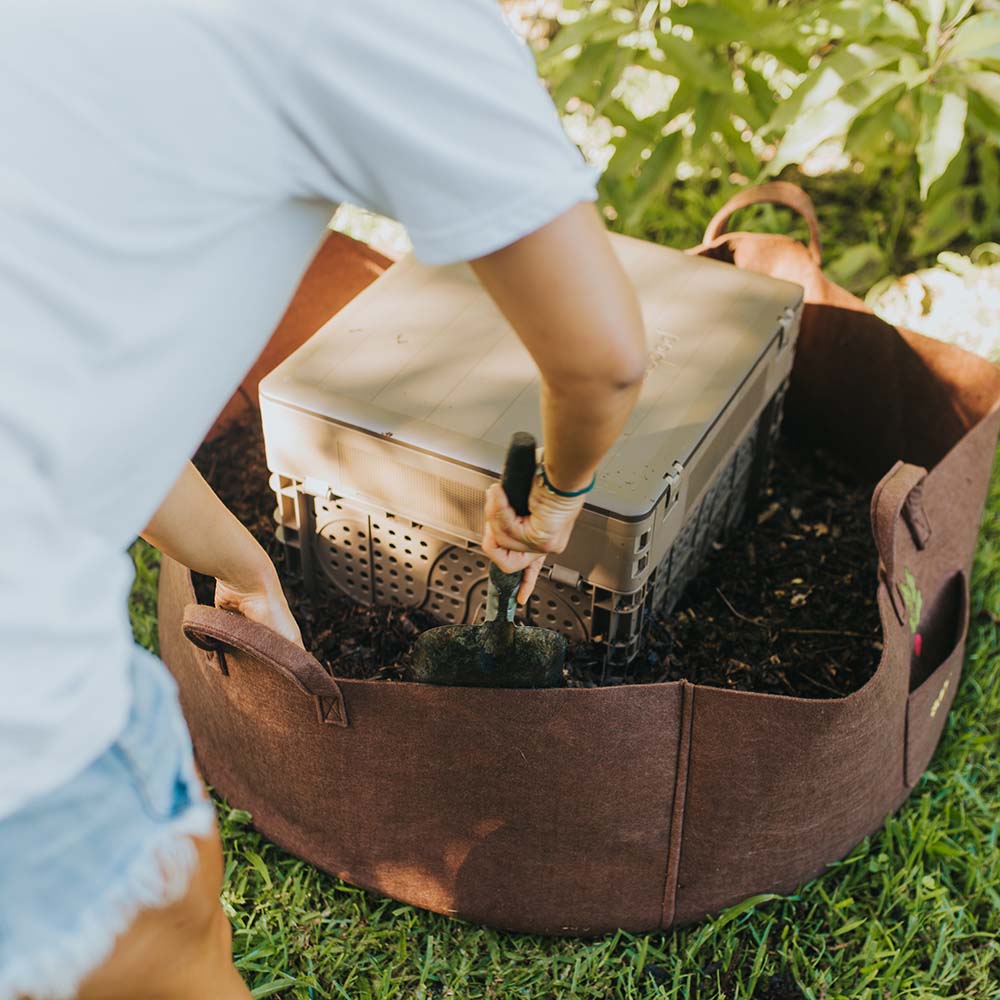Compost Shrimp Shells
In this article:
Compost Shrimp Shells
At the end of any big seafood meal, it’s almost guaranteed you'll have a bunch of leftover shrimp shells. If you’re a compostor, you’re probably looking at them and wondering whether or not they can go into your compost bin! It’s always good to do a bit of research on an organic material before you compost it, because not all compostable materials are created equal.
Today we’re going to take a good look at whether you can compost shrimp shells and if it’ll be beneficial for your garden. Let’s dig in!

Can You Compost Shrimp Shells?
In a shrimpshell (see what I did there?) yes, you can compost shrimp shells. They’re an organic material that will eventually break down and release their nutrients into the soil, and as such they can be added to your compost bin.
We appreciate that you may have heard to be wary of composting shrimp shells, or not to do it at all. There is a validity in this, but only to the extent that you have to take a bit of extra care when composting them. Today we’re going to go through any hurdles you might face, and coach you through the precautions you should take. You’ll be an expert shrimp shell composter in no time at all!
But first, there’s something you should understand…
Are Shrimp Shells Considered 'Green' or 'Brown' Material?
All organic materials that could go into your compost bin are classified as either ‘green’ or ‘brown’.
Greens are rich in nitrogen, and include things like food scraps, fruit and vegetable peels and freshly mown grass. They generally have a higher moisture content too.
Browns are higher in carbon content than greens, and are drier. They include materials like shredded paper, dried leaves and sawdust. Browns are essential in maintaining the structure of your compost, keeping it aerated and giving the microorganisms breathing space.
Greens and browns should be added to your compost in consistent amounts. The commonly used formula is two or three parts browns to every one part of greens, but this can be adjusted if required. For example, if your compost is too wet, add some more browns to it!
Now, back to the question. Are shrimp shells a green or brown compost material? Because they’re high in nitrogen content, shrimp shells are classified as greens. When you compost them, be sure to include an adequate amount of brown materials.

Pros and Cons of Composting Shrimp Shells
The shells are basically the exoskeleton of the shrimp, which means they’re pretty hard and tough. Despite this, they’re 100% biodegradable and are full of a range of nutrients your compost bin can benefit from. Let’s look at some of the pros and cons of tossing shrimp shells into your compost:
Pros:
- They’re rich in nitrogen, a soil protein which the microorganisms in your compost use as a fuel for growth and multiplication.
- The hard shells are made of chitin, a carbohydrate that activates plants' natural defence mechanisms. The bacteria that feed on chitin are also known to prevent fungi-based diseases in plants.
- They have a high calcium carbonate content, an essential nutrient for plant development. It also helps make your soil more alkaline, so if you have an acid problem in your compost shrimp shells will help bring it down to neutral.
- By composting them you’re keeping them out of landfill, where they would have decomposed slowly and released harmful methane into the atmosphere.
Cons:
- That hard shrimp exoskeleton takes a while to break down when you put it in your compost bin. There are ways around this though - read on to find out the best methods for composting shrimp shells!
- Seafood is known for its pungent odours, and shrimp isn’t spared the strong smell. Care needs to be taken when composting to avoid the shrimp shells causing a smelly mess in your compost bin. If they do, they’ll attract pests and rodents. Suddenly you’ll have some pretty unhappy neighbours!
Can You Vermicompost Shrimp Shells?
Yes, you can put shrimp shells into your worm farm. They’re similar in composition to egg shells, and can have an important function in vermicomposting. They will be turned into nutritious black gold compost by the worms and microbes in your bin!
We have some recommendations before you feed them to your worms though. Break them down into small pieces, or even grind them into powder (see Step 1 below). Worms will use harder substances like shrimp shells and egg shells to provide grit to their food, which assists them in the digestive process.
How to Compost Shrimp Shells Step-by-Step
As we said above, some precautions have to be taken when composting shrimp shells if it's to be done effectively.
Step 1: Collect and Treat the Shells
After collecting up the shells following your slap-up seafood feast, there are a couple of treatment options to help with the composting process. First, you can boil them for around 20 minutes. This helps remove any shrimp meat off them that could rot in your bin and create a smell.
Bake the shells on low heat in the oven until they’ve dried. They’ll be nice and brittle after this. You can then break them down into tiny pieces, or even grind them in a pestle and mortar. The smaller the pieces of organic waste you place into your compost bin, the more efficient the process will be.
Step 2: Add in Moderation
Always start off slowly when you’re adding a new organic material to your compost bin. Start with a little bit, then slowly increase the quantities as you go.
Step 3: Dig Your Shells In
If you have a traditional compost pile, dig a hole in the middle of the pile and bury the shells in it. The excess heat will help them decompose faster, and by burying them you’re preventing the smell getting out.
If you’re using a worm farm like Subpod, make sure you aerate your compost when you add the shrimp shells and other green matter in. This will provide the necessary oxygen for decomposition.
Step 4: Ensure You're Adding Green and Browns
Keeping a consistent ratio of greens and browns when you’re composting shrimp shells will help ensure consistent moisture and oxygen levels. Your compost will retain its structure, and there’s less chance of it becoming soggy and smelly.
How to Compost Shrimp Shells with Subpod
We’ve established that vermicomposting is a reliable method of composting your shrimp shells. When it comes to which worm farm system to use, Subpod has some clear advantages. This durable home composting setup comes in a range of bundles that can be adapted to outdoor spaces of all sizes. Whether you have a small concrete courtyard, a balcony or a suburban backyard, there’s a Subpod for your space.
Subpod is an excellent means of composting your shrimp shells because it's a neighbour-friendly solution. The well-ventilated setup aerobically breaks down organic waste, meaning less smell than the traditional compost piles. Less smells mean less pests and the robust Subpod does a good job of keeping them out of your compost anyway.
Worms are absolute champions when it comes to efficiently getting through your food waste. You’ll find composting in Subpod is much faster than relying on compost bins or traditional compost piles. Plus, they’re so much easier to use, requiring just a few minutes of maintenance a week!
For an efficient, effective and odour-free method of composting your shrimp shells, it’s got to be Subpod!





